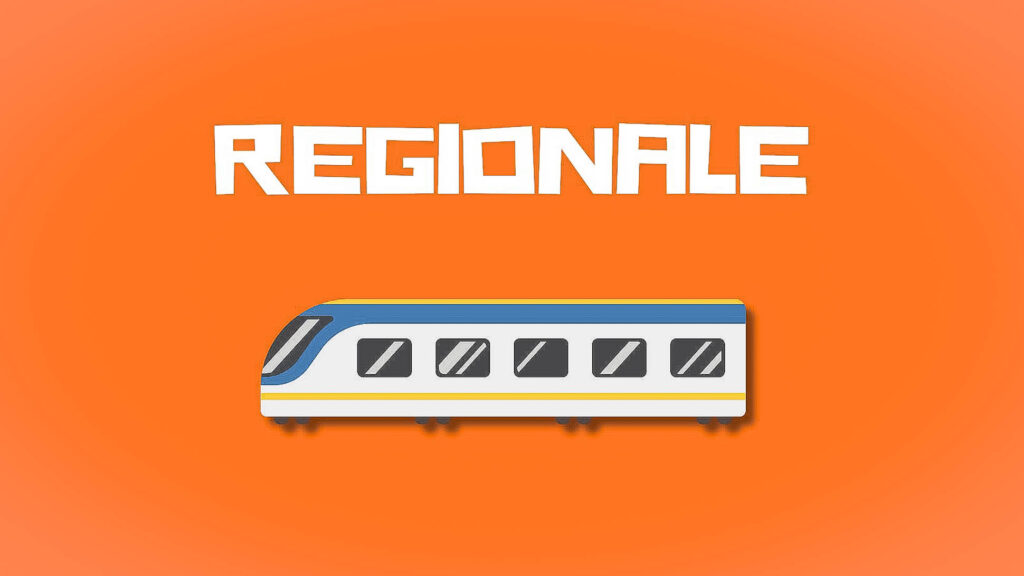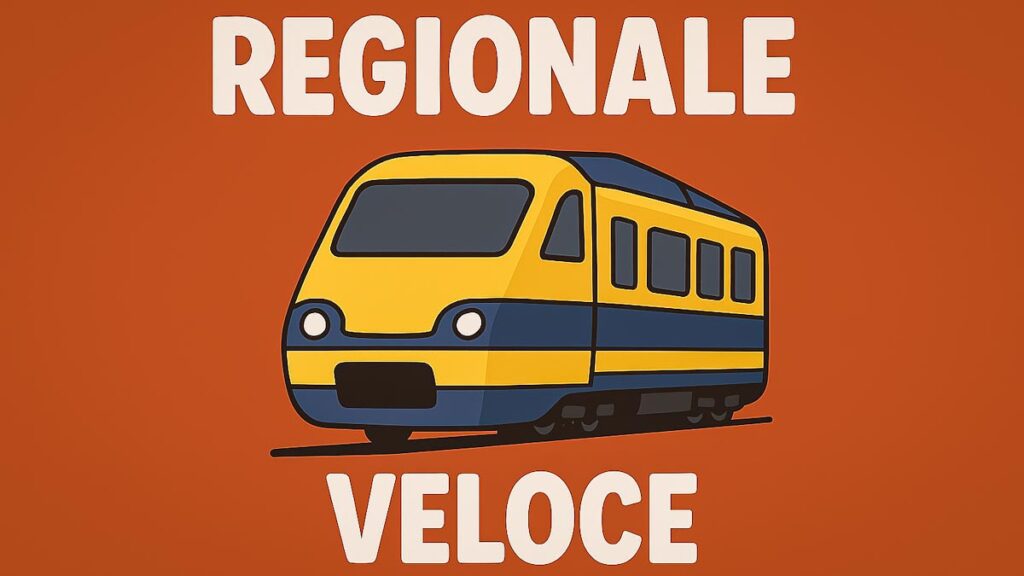
If you’re traveling around Italy on a budget, you’ll quickly come across Regionale trains. These are Trenitalia’s local trains, designed to connect cities, towns, and villages across the country. They’re not fast like the Frecciarossa or private Italo trains, but they’re affordable, reliable, and cover routes that high-speed trains never reach.
👉 This article is part of our Trains in Italy: How to Travel by Rail series.
What Is a Regionale Train?
A Regionale train is a local service operated by Trenitalia, the main state-owned railway company.
- They travel at slower speeds, usually stopping at every single station along the way.
- Seats are second class only (no first class).
- Tickets are inexpensive — sometimes less than €10 for journeys over an hour.
- Reservations are not required (and not even possible in most cases).
👉 Think of them as Italy’s “commuter trains”: used daily by locals, students, and workers.
How to Take a Regionale Train in Italy
- Buy your ticket: Online (Trenitalia app/website) or at the station machines.
- Validate your ticket: If you buy a paper ticket, stamp it in the green/yellow machines before boarding. (Online tickets are automatically validated).
- Find the platform: Check the departure boards — Regionale trains are often listed by number, not name.
- Board any carriage: No seat reservations — just sit where you find space.
- Keep your ticket handy: Ticket inspectors regularly check on Regionale routes.
Regionale vs Regionale Veloce

You might also see Regionale Veloce (fast regional). These trains:
- Skip some of the smaller stops, making travel 20–30% quicker.
- Cost the same as a regular regionale.
- Are often the better choice for medium-length trips (like Florence–Pisa or Bologna–Rimini).
If you’re planning a trip, always check if there’s a Regionale Veloce available.
The Downsides of Regionale Trains
While cheap and practical, Regionale trains come with a few warnings:
- They can be very crowded, especially during commuter hours.
- They stop at many stations, so journeys take much longer than on Frecciarossa or Italo.
- Air conditioning may be inconsistent in summer.
- Delays are not unusual — though usually not extreme.
Why Take a Regionale Train?
Despite their quirks, they are:
- The cheapest way to travel between cities and towns.
- Often the only way to reach small towns or villages.
- A chance to see the Italian countryside at a slower pace.
For example, if you’re exploring Le Marche, Tuscany, or Sicily, Regionale trains will likely be your main mode of transport.
Related Guides
- What is Trenitalia? A Complete Guide for Foreigners
- What is Italo? Italy’s Private High-Speed Train
- Transport in Italy: A Practical Guide for Foreigners
Frequently Asked Questions (FAQ) – Regionale Trains in Italy
Regionale trains are basic and functional. Seats are standard, there may be limited air-conditioning, and trains can get crowded during peak hours. They’re designed for short to medium distance travel rather than luxury.
Regionale Veloce trains are faster because they skip some stops. They’re slightly more expensive than standard Regionale trains but still cheaper than high-speed options like Frecciarossa or Italo.
Yes. There are luggage racks near the doors and overhead shelves. Keep your belongings secure, especially on crowded trains.
Most Regionale trains are equipped with basic restrooms, but cleanliness can vary. For longer trips, consider using facilities at stations before boarding
